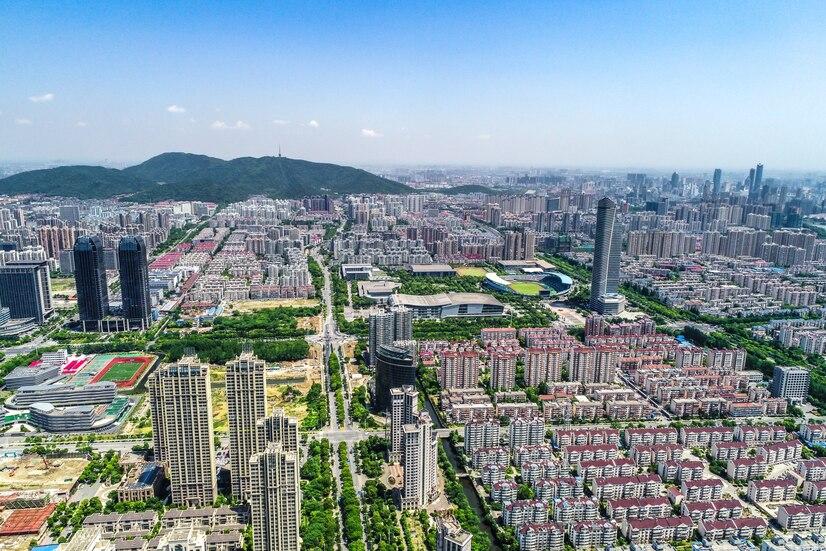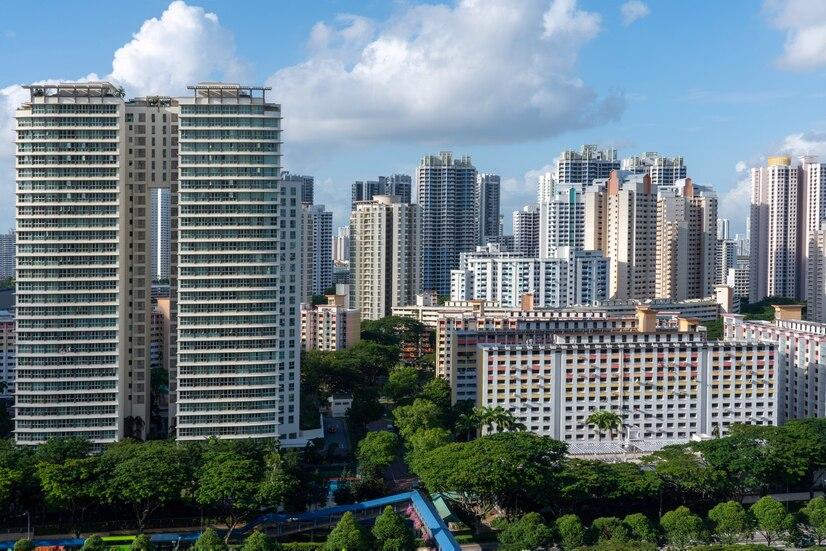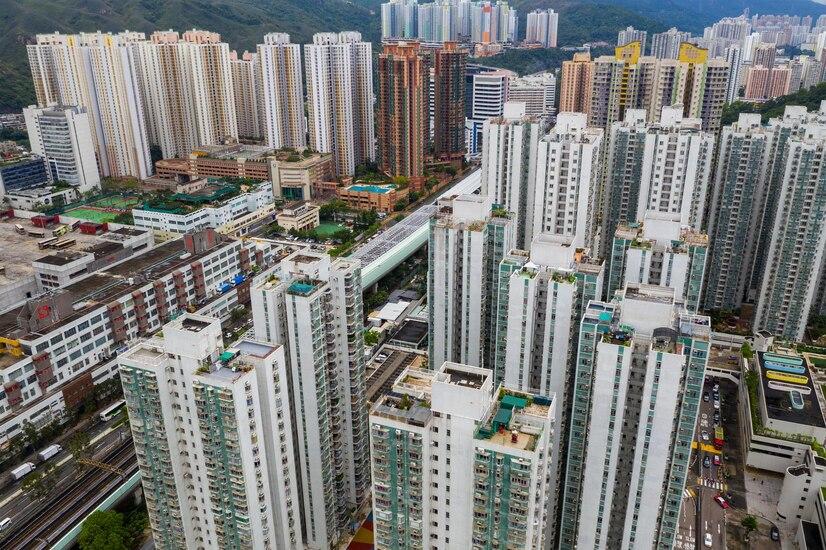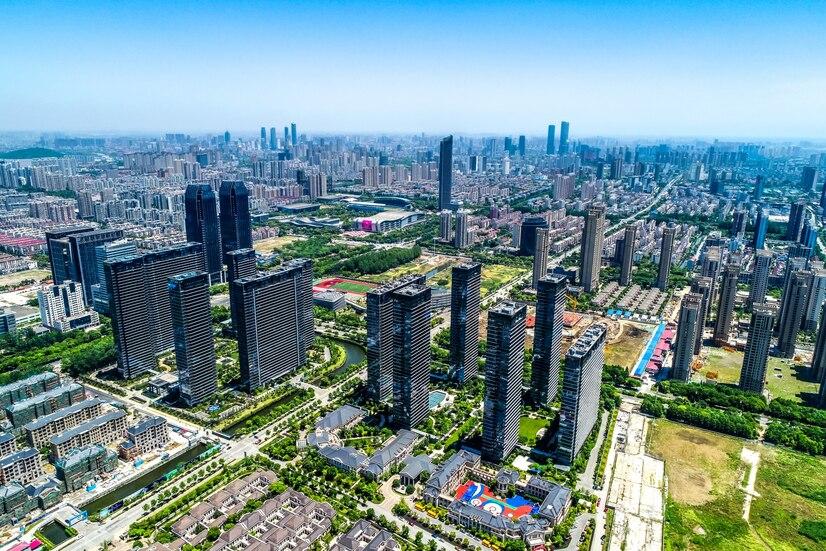



Table of Contents
- Introduction
- Understanding the Concept of a Large Residential Complex
- Key Features of Large Residential Complexes
- Notable Examples of Large Residential Complexes in Asia
- Impact on the Real Estate Market
- Future Trends
- Conclusion
- Faq's
Introduction
As of 2024, the title of the largest residential complex in Asia is often a point of interest in the real estate world, especially with the rapid urbanization across major cities in the continent. Residential complexes in Asia have grown in scale, featuring thousands of housing units and comprehensive amenities that cater to large populations. These mega-projects are often located in rapidly developing cities, particularly in China and India, where the demand for urban housing continues to soar.
Understanding the Concept of a Large Residential Complex
A residential complex refers to a large housing development that includes multiple buildings or towers, often accompanied by a range of amenities and facilities. These complexes are designed to offer a complete living environment, with everything residents need, from shopping and entertainment to healthcare and education, located within or near the development. Residential Complex In Asia
Residential Complex In Asia
Key Features of Large Residential Complexes
 Feature of Large Residential Complexes
Feature of Large Residential Complexes
Massive Scale
Size and Scope: The largest residential complexes typically span several hundred acres of land, housing tens of thousands of people. These projects often include multiple phases of development, with each phase adding more residential units, commercial spaces, and amenities.
High Density: These complexes are known for their high population density, with thousands of apartments spread across dozens of towers. The design focuses on maximizing space efficiency while providing ample green spaces and recreational areas.
Diverse Housing Options
Variety of Units: Large residential complexes offer a wide range of housing options to cater to different income groups. These include affordable housing units, mid-range apartments, and luxury residences, all within the same development.
Flexible Living Spaces: The units are often designed with flexibility in mind, allowing for customization and adaptation to meet the changing needs of residents.
Comprehensive Amenities
Self-Sustained Townships: These complexes are often described as "mini-cities" because they offer a wide array of amenities within their boundaries. This includes shopping malls, schools, healthcare facilities, gyms, parks, and even entertainment zones.
Community Spaces: Emphasis is placed on creating communal areas such as gardens, playgrounds, clubhouses, and sports facilities to foster a sense of community among residents.
Strategic Location
Connectivity: The largest residential complexes are usually strategically located near major transportation hubs, ensuring easy access to public transport, highways, and city centers. This makes them attractive to working professionals who need to commute daily.
Urban Integration: These developments are integrated into the urban fabric of cities, often becoming a part of the city's expansion plans, contributing to the growth of new neighborhoods and business districts.
Notable Examples of Large Residential Complexes in Asia
 Notable Of Large Residential Complexes
Notable Of Large Residential Complexes
While there are many large residential complexes across Asia, a few stand out due to their size, scope, and impact on the real estate market:
Runwal MyCity, Dombivli, India: Spread over 156 acres, this township is one of the largest in India, featuring a mix of affordable and luxury housing, extensive amenities, and green spaces. It is designed to accommodate over 20,000 families.
Tianducheng, China: Known as the "Paris of the East," Tianducheng in Hangzhou is modeled after the French capital, complete with a replica of the Eiffel Tower. It covers several hundred acres and includes luxury residences, parks, and commercial areas.
Orchid Island, Vietnam: A massive residential and commercial development in Ho Chi Minh City, Orchid Island is designed to be a self-contained urban environment with thousands of apartments, schools, hospitals, and shopping centers.
Impact on the Real Estate Market
 Impact on Real Estate
Impact on Real Estate
Economic Influence
Market Dynamics: The development of such large residential complexes significantly impacts local real estate markets. They often lead to an increase in property values in the surrounding areas and stimulate economic growth by creating jobs and boosting demand for goods and services.
Investment Opportunities: These projects attract significant investment, both from domestic and international investors, looking to capitalize on the growing demand for urban housing.
Urban Planning and Sustainability
Planned Urbanization: These complexes are often part of larger urban planning initiatives aimed at managing the rapid growth of cities. They incorporate modern infrastructure, sustainable building practices, and efficient land use to create balanced and livable urban environments.
Sustainability Features: Many of these developments prioritize sustainability by incorporating green building technologies, renewable energy sources, and waste management systems, aiming to reduce their environmental footprint.
Future Trends
As urbanization continues at a rapid pace, the development of large residential complexes in Asia is expected to grow. Future trends may include smarter cities with integrated technology, more emphasis on green and sustainable living, and the creation of self-sufficient communities that reduce reliance on external resources. These developments will continue to play a crucial role in shaping the future of urban living in Asia.
Conclusion
The development of large residential complexes in Asia represents a significant trend in the continent's urbanization journey. These mega-projects are designed to meet the growing demand for housing in rapidly expanding cities, offering a blend of affordability, luxury, and convenience. By creating self-sustained communities with comprehensive amenities, these complexes are reshaping the urban landscape and contributing to more organized and sustainable city growth. As Asia continues to urbanize, the role of these large residential developments will become increasingly crucial in providing quality living spaces for millions of people.
explore further
Latest from Did you know?
More from Interactions
Resources
Dwello, for every home buyer, is a way to go from 'I feel' to 'I know', at no extra cost.




